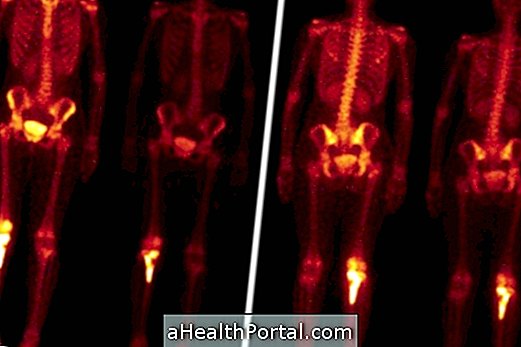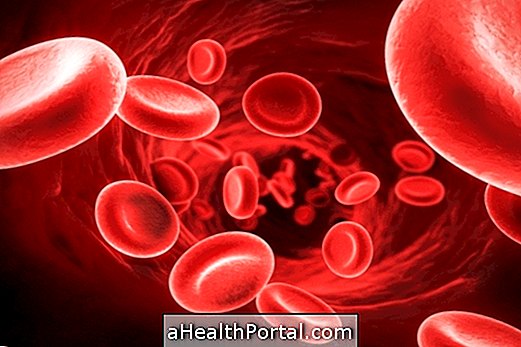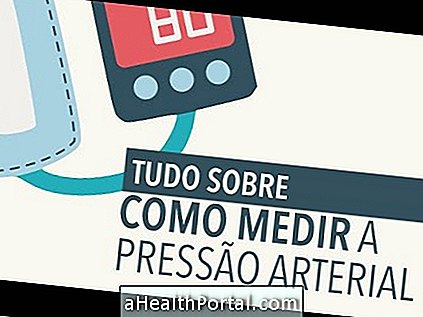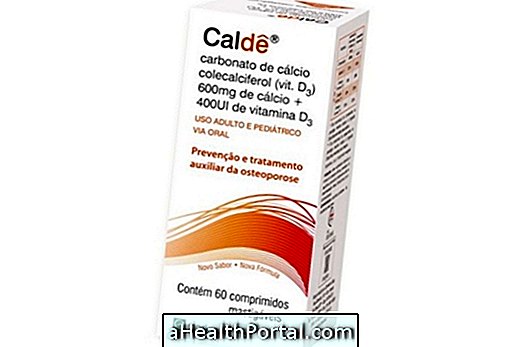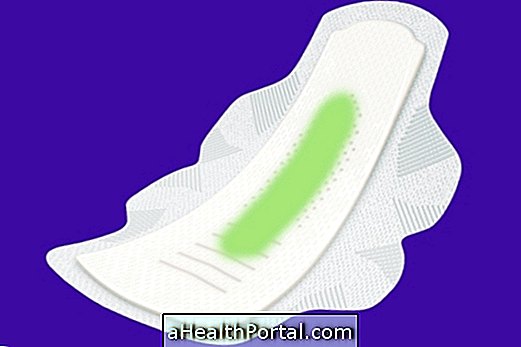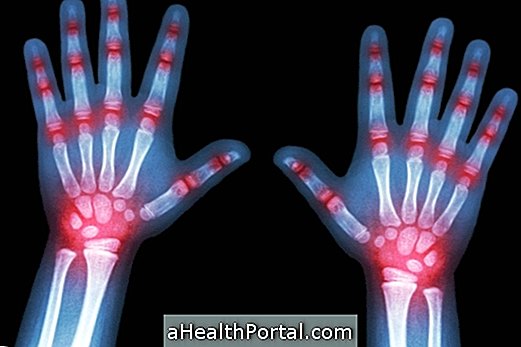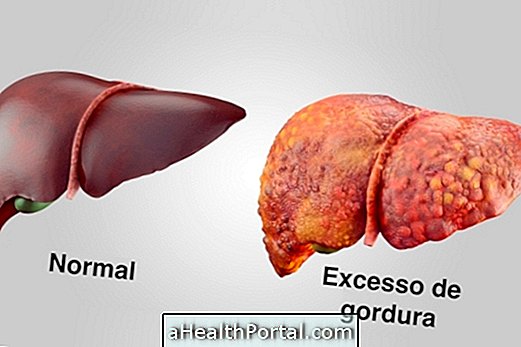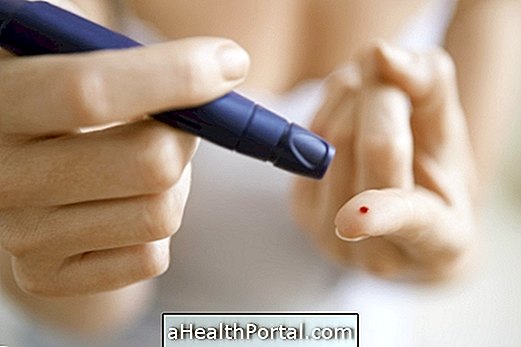Carotid ultrasound is an easy, painless examination that helps evaluate the interior of the carotid arteries that pass through the side of the neck and carry oxygen to the brain.
When there are health problems, such as high cholesterol or high blood pressure, these arteries can accumulate fat on your walls, narrowing your inside and decreasing the amount of blood that passes into the brain. In addition, these small plaques of fat can also rupture, forming a clot that can be carried to the brain and cause a stroke.
Thus, this test is widely used to assess the risk of developing a stroke and, if very high, initiate appropriate treatment to improve blood flow.
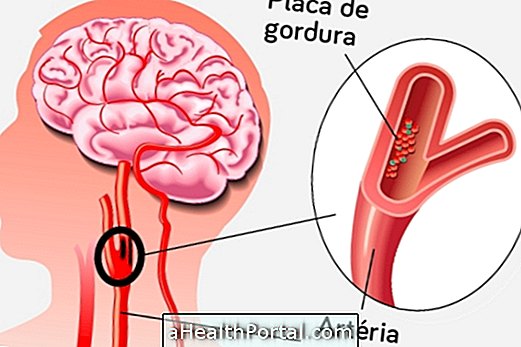
Who should take the exam
This type of examination is recommended to assess the risk of stroke in patients with:
- Arterial hypertension;
- Diabetes;
- High cholesterol;
- Family history of stroke or heart disease;
- Coronary disease.
In addition, when the cardiologist discovers abnormal sounds in the carotid artery during a routine exam with the stethoscope, for example, he may also recommend the test to see if there is any change in blood flow.
How is the exam done?
The examination is quite simple and it is only necessary to lie on a stretcher while the technician passes the ultrasound device down the sides of the neck. To improve the image of the device it may still be necessary to apply a little gel to the skin to avoid air bubbles and allow the device to completely touch the skin.
If it is not possible to get a clear picture, the technician may also ask you to lie on your side or change your body position to improve blood flow, for example.
Thus, in addition to wearing comfortable clothing, it is not necessary to make any kind of preparation before the ultrasound.
Exam results
The result of the examination should be evaluated by the physician and, if it is considered that there is a risk of developing a stroke, some care or treatments may be recommended, such as:
- Eat a healthy and balanced diet;
- Exercise at least 3 times a week;
- Do not smoke and avoid places with a lot of smoke;
- Taking blood pressure lowering medications such as Captopril or Losartan;
- Use medicines to lower cholesterol levels, such as Simvastatin or Atorvastatin;
- Take medicines to prevent clots such as Aspirin or Heparin.
In addition, when one of the arteries is very closed and therefore the risk of stroke is very high, the doctor may even recommend surgery to remove the fat plaque from the artery wall or to put a small mesh inside the artery, which prevents it from closing.
After these surgeries, it may be necessary to repeat the carotid ultrasound examination to ensure that the problem has already been resolved correctly.
Also see how you can reduce the risk of heart attack and stroke in 7 simple steps.
